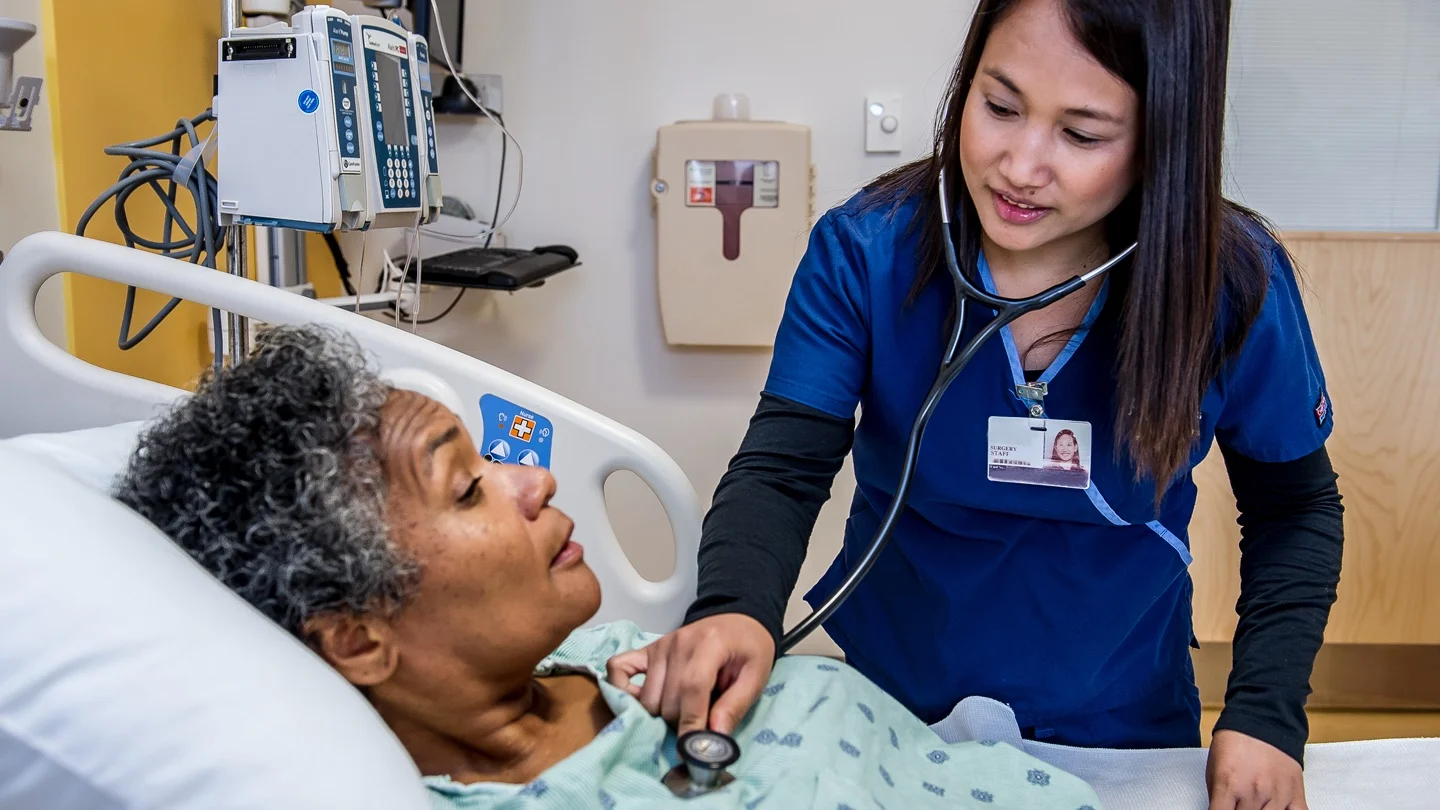Today our topic of discussion is Endoscopic Retrograde Cholangiopancreatography.
Endoscopic Retrograde Cholangiopancreatography

ENDOSCOPIC RETROGRADE CHOLANGIOPANCREATOGRAPHY
Endoscopic retrograde cholangiopancreatography (ERCP) is an imaging technique in which the biliary pancreatic ducts are examined endoscopically after contrast medium is injected into the duodenal papilla. The purpose for this procedure is to identify the cause of a biliary obstruction, which could be stricture, cyst, stones, or tumor; jaundice is usually present. ERCP is performed following abdominal ultrasound, computed tomography, liver scanning and/ or biliary tract X-ray studies to confirm or diagnose hepato- biliary or pancreatic disorders (Fig. 28.68).
Purposes
- To detect biliary stones, strictures, cyst or tumor
- To identify biliary obstruction, such as stones or strictures
- To confirm a biliary or pancreatic disorders.

Indications
- Biliary stones
- Biliary strictures, cyst or tumor
- Primary cholangitis
- Cirrhosis
- Pancreatic stones
- Stricture, cysts or pseudocyst or tumor
- Chronic pancreatitis
- Pancreatic fibrosis or duodenal papilla tumors.
Client Preparation
- Obtain a client history of allergies to seafood, iodine and contrast dye.
- Report allergic findings
- Determine whether the anxiety level may interfere with the client’s ability to absorb information concerning the procedure
- Check that the consent form has been signed prior to premeditations
- Explain to the client that when the contrast medium is injected, there usually is a transient flushing sensatio procedure.
- Be supportive of the client prior to and during the test

- Monitor the vital signs during the test and compare them to baseline vital signs.
- An increase in the pulse rate could be due to atropine.
- Rupture within the gastrointestinal tract caused by endoscope perforation could cause shock Inform the client that the endoscope will not obstruct breathing Inform the client that atropine will make the mouth dry and the tongue feels large or swollen Inform the client that the test takes approximately 1 hour and that lying still on the X-ray table is important.
Read more:
